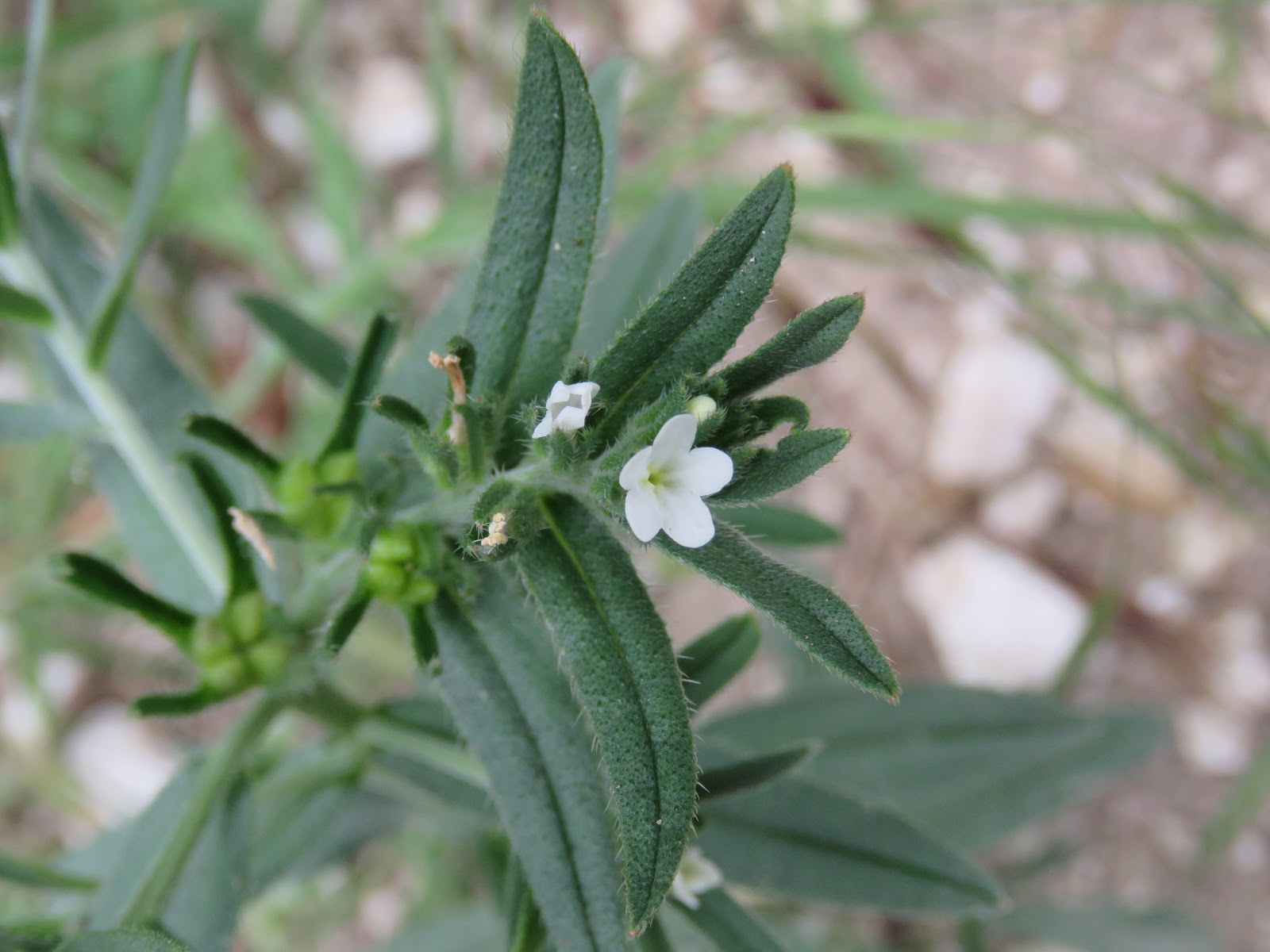A botanical time-capsule
 |
| Scarlet Pimpernel of the blue-flowered form |
2. Arable overload
Nationally rare plants within a couple of miles from home is not a prize that is bestowed upon too many naturalists, but when the site that they occur on is opened up for access - and then proves to be an even better site than first thought - it is the stuff of botanical dreams. For the past five years I have had the absolute pleasure of visiting such a place.
Langley Vale Farm occupied a large part of the chalk downland of Walton Downs. It was farmed sensitively and maintained a tremendous arable flora. For many years just a couple of footpaths crossed this land, with access onto the fields prohibited, but there were one of two spots where a wander along a field-edge could be made. And then, in 2014, the farm was put up for sale and purchased by The Woodland Trust (WT). The reaction to the buyer was mixed - on the one hand the farm had been saved from becoming a golf course or a housing estate, but on the other the purpose of the WT in purchasing land is to plant trees - and trees and arable flora do not mix!
A series of meetings took place between the WT and concerned bodies (including the Surrey Botanical Society) which went some way to alleviating concerns that the rare and vulnerable flora was doomed. Indeed, the WT has planted trees, but by and large they have been as good as their word and has spared the best areas for the arable plants - plus, they have invited Plantlife to advise on how best to keep the plants happy.
For the past five years it has been my pleasure and my privilege to be able to walk these fields and help record the nationally notable plants that are present. It really is a time-capsule of what much of our farmland used to be like before pesticides became King. The list of species that I have personally seen here would make even the most experienced of botanists salivate, and they include: Night-flowering Catchfly, Narrow-fruited Cornsalad, Common Cudweed, Jersey Cudweed, Round-leaved Fluellen, Sharp-leaved Fluellen, Field Gromwell (just off-site), Ground-pine, Red Hemp-nettle, Cornfield Knot-grass, Blue-flowered Pimpernel, Prickly Poppy, Rough Poppy, Dwarf Spurge, Small Toadflax, Venus's-looking-glass, Weasel's-snout and Field Woundwort. That is some list for one site, and some of them appear in great number! There is also the sheer spectacle of whole fields awash with colour. Langley Vale always surprises and never disappoints. Whether or not the plants are safe in the long-term is open for debate, but right now it is something that I do not take for granted, and treat each summer as possibly the last in which they can be enjoyed. I leave you with a few of the headline species, all taken on site.
 |
| Night-flowering Catchfly |
 |
| Red Hemp-nettle |
 |
| Field Gromwell |
 |
| Field Woundwort |


Comments